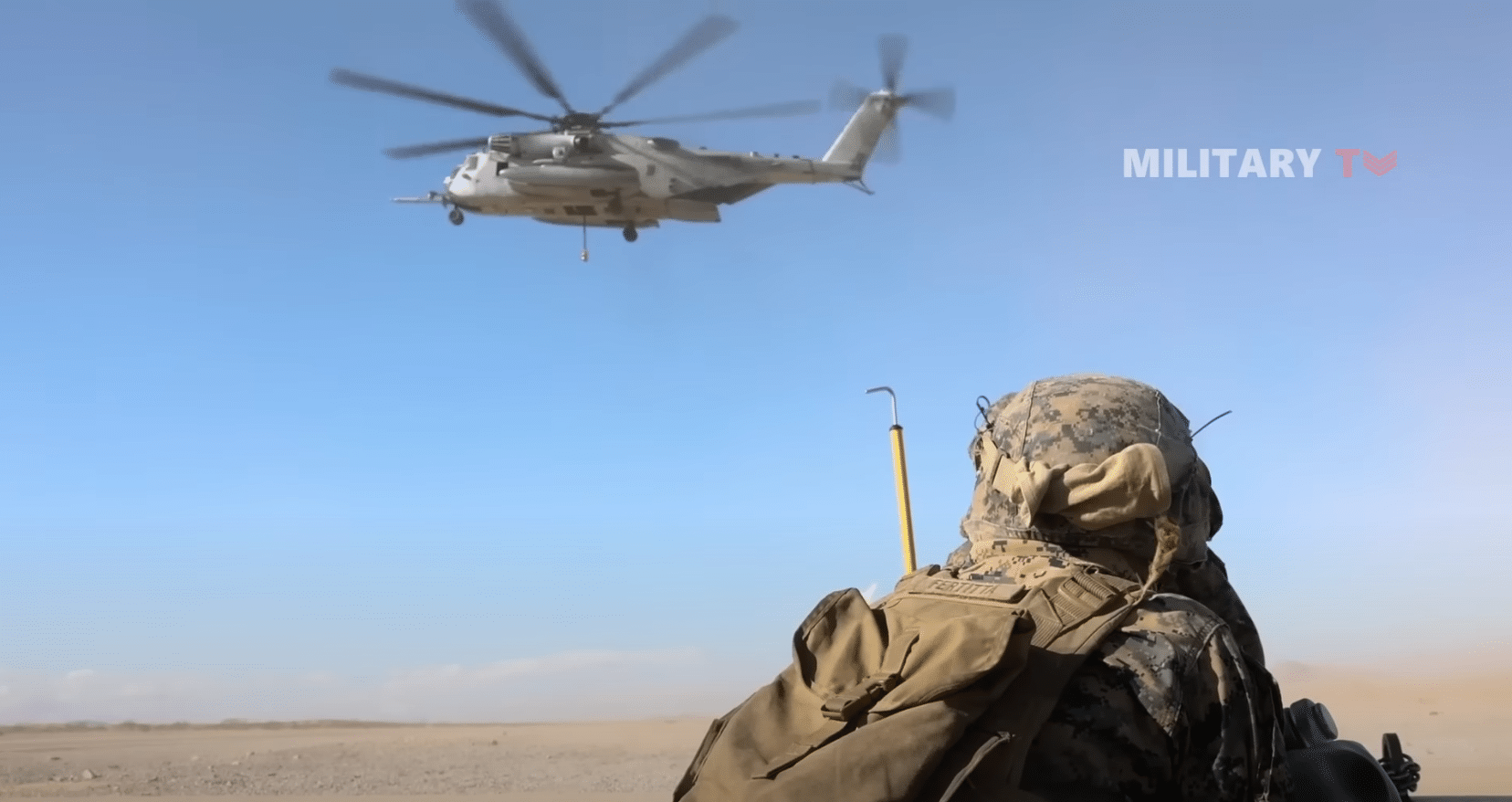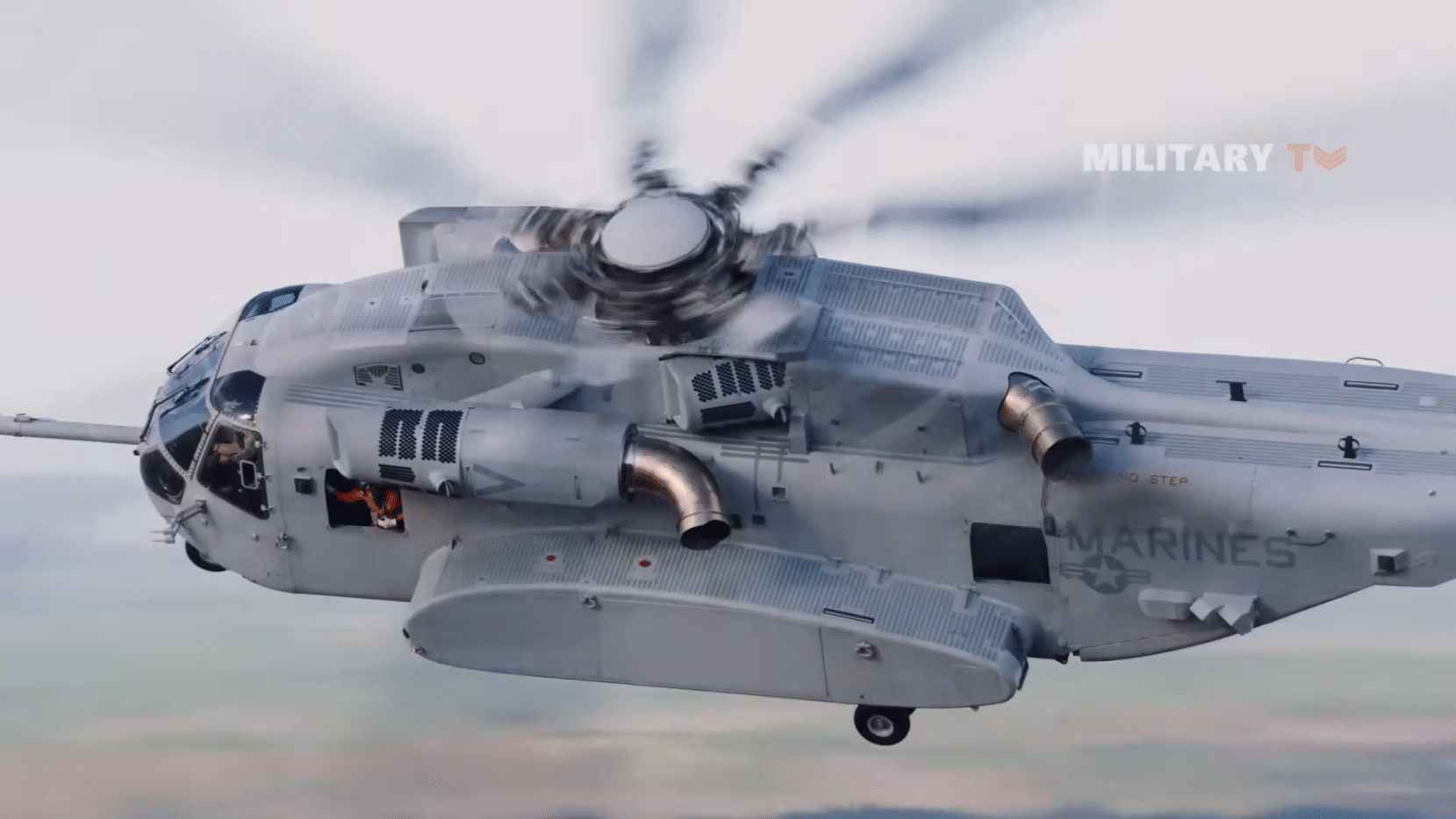
The US Marine Corps heavy-lift helicopters are used to transport weapons, equipment, supplies, and even personnel for combat assaults. To do such tasks, they operate high-powered helicopters such as the CH-53K King Stallion and CH-53E Super Stallion. But what are their differences?
For more than 30 years, the CH-53E has been a workhorse worldwide, executing a wide range of missions in Beirut, Somalia, the Persian Gulf, Afghanistan, Iraq, and Libya. Unfortunately, the workhorse is now out of production, and are instead relying on updates to keep it somewhat relevant today.
Its airframe comprises a mix of aluminum and titanium, making it durable but also heavier compared to the CH-53K. The Super Stallion employs a traditional hydraulic control system, which requires more effort from the pilots during flight.

Meanwhile, the newly-built King Stallions – which had its maiden flight in 2015 – incorporate proven and modern technology in their design. It features a new composite airframe, which significantly reduces weight while enhancing structural integrity and corrosion resistance.
The King Stallion’s design incorporates fly-by-wire flight controls, providing superior handling and stability, especially during challenging missions and adverse weather conditions.
They’re currently undergoing initial operational tests and evaluation at the Marine Corps Air Station New River.
With a maximum gross weight of over 88,000 pounds, the CH-53K can carry more cargo and personnel than the CH-53E models. It has a significantly higher external payload capacity and can operate at higher altitudes and hotter temperatures, expanding its mission capabilities.
In comparison, the CH-53E is lighter at 73,500 lbs, limiting its payload capacity and mission capabilities.

The CH-53K can travel at a mission radius of 110 nautical miles and has a smaller shipboard footprint, cheaper operational costs per aircraft, and fewer maintenance hours needed per flying hour. In addition, the King Stallion’s larger cabin allows it to carry two 10,000-lb 463L pallets or even a Humvee.
Its new composite rotor heads also require less maintenance, improving dependability while lowering noise and vibration.
The CH-53E is powered by three T64-GE-416 turboshafts, producing 4,380 shaft horsepower each. This allows the aircraft to fly at 172 mph and reach a ceiling of 10,000 ft.
However, the CH-53K’s new three T408-GE-400 turboshaft engines can produce 7,332 shaft horsepower, boosting the speed to 195.6 mph and ceiling to 18,500 ft.
